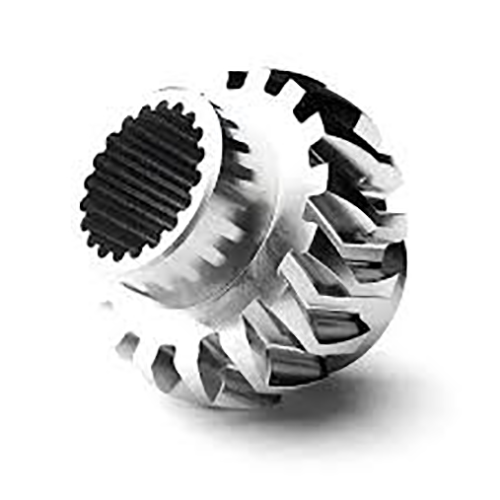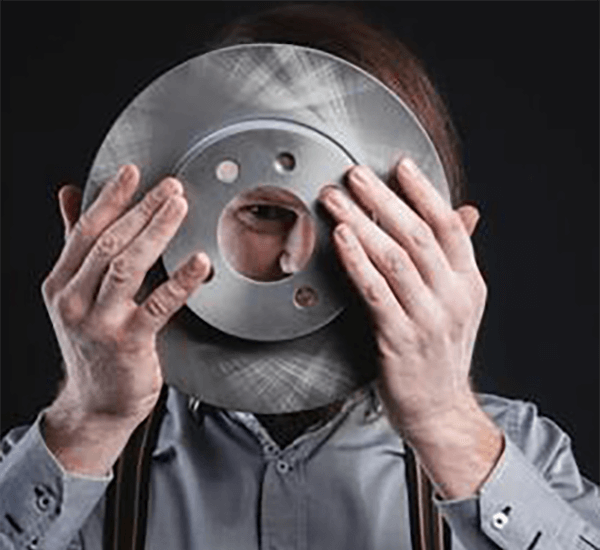
Attaining target exterior polish for a CNC part remains essential.
- Drawing callouts communicate precise surface requirements for machined parts
- Technical callouts use Ra, a measure of average irregularity, to quantify finish
- Decoding surface notes is important for ensuring components achieve required performance
- Chosen finish influences lubrication retention, friction behavior, and part life
- Understanding the notation correctly yields the desired surface result
Precision Engineering Through CNC Machining

CNC machining represents a game-changing method in production employing digital instructions the machinery forms elaborate parts with exactness.
- Automated machining allows fabrication of accurate parts from multiple materials
- Adaptable CNC processes fit the demands of aerospace, automotive, and medical markets
- Numerical control systems guarantee repeatable accuracy between batches
Across prototyping through full-scale production CNC machining serves as a cornerstone in contemporary manufacturing
Understanding CNC Machine Specifications
Understanding equipment specifications can look intimidating initially
Nevertheless simple study and a stepwise method let you read technical specifications
Commence with recognizing main metrics: spindle rpm, feed, precision, work volume, control system
Every listed attribute influences the equipment’s operational capacity.
As an example, increased spindle rpm favors soft alloys and higher feed favors throughput.
Understanding these relationships will allow you to select the right CNC machine to match your specific requirements
Ensure you peruse vendor documentation exhaustively.
Vendor literature commonly contains useful guidance and explains terms
What is a CNC Machine? A Comprehensive Guide
Automated CNC platforms are computer-commanded systems for precision manufacturing of multiple materials They function by reading numerical G-code commands that drive cutting heads and actuators.
- Various CNC platforms encompass milling centers, turning lathes, routers, plasma systems
- Processes are adaptable to metals, polymers, timber, and composite materials
- Additionally CNC gear supports fast prototyping and limited production for entrepreneurs and institutes
Fundamental CNC Machine Concepts
CNC machines represent a remarkable fusion of mechanical precision and sophisticated software control Versatile machinery employs programmed code to autonomously produce simple parts and complex assemblies The basic principle involves transforming CAD models into real-world components.
- Programmed machining process
- CAD-to-CAM integration
It follows systematic positional moves controlled by code Operators play a crucial role in selecting the appropriate cutting parameters monitoring the operation and ensuring the quality of the final product.
The Role of Surface Finish in CNC Machining
Meeting set surface quality in CNC work is significant It changes how a part performs and how it looks Substrate properties, machining variables, and post-process methods shape surface outcome.
Fine finishes raise resilience whereas rough profiles can restrict performance Code-driven machining enables selective tooling and techniques to attain required textures.
- Such as employing varied cutter geometries |cermet inserts|cutting speeds to achieve a desired surface finish
- Additionally finishing processes including polishing and grinding refine texture
Seeing how process parameters map to surface output is key for optimal finishes.
CNC Overview: From Use to Application
This precise method uses computer-guided machinery to sculpt components from diverse substrates They adhere to programmed code to reproduce complex geometries with repeatable accuracy A fundamental understanding of CNC machine operation including the role of G-code programming and tool selection is essential for successful machining processes
Fields benefiting from CNC include aerospace, automotive, industrial manufacturing, and electronics From complex aerospace components to precise injection molds, CNC is essential for complex parts
How to Specify Surface Finish for CNC Parts
Appropriate surface specification is essential during CNC part production It ensures part compliance with operational and appearance standards Finish specifications are often expressed via the Ra roughness standard The value, shown in µm or inches, quantifies mean surface irregularity height.
When specifying a surface finish callout consider both the required level of smoothness and the intended application of the part

Often a polished surface is selected when precise tolerance and fit are required
Alternatively textured surfaces may aid applications needing traction or increased friction
Insert concise surface notes in blueprints to articulate finish expectations Document the Ra value and enumerate any extra finishing or treatment instructions.
Understand that effective surface annotations are critical to production success
Varieties of CNC Machines and Capabilities
The CNC ecosystem includes a broad selection of machines for multiple task categories They work with CAD/CAM programs to command cutters and deliver accurate component fabrication.
- Boring and drilling equipment generate accurate holes and internal features
- Grinders refine surfaces and achieve tight dimensional tolerances via abrasion
- Plasma machines slice thick steel and ferrous metals rapidly using plasma arcs
Machine selection is dictated by workpiece material, geometric complexity, and precision demands Every machine class brings specific strengths that serve sectors like aerospace and automotive.
Securing Optimal Finish Using CNC Machining
Obtaining fine surface quality is important and CNC technology delivers consistent control to attain it Using accurate feed and speed selection plus optimized tool geometry technicians refine cutting action to reduce surface flaws Besides that quality tooling combined with good lubrication practices leads to improved surface results By choosing tailored toolpaths and precise setups operators can deliver parts with outstanding finishes.
Surface Finish Considerations in CNC Programming
Skillful CNC programming directly impacts the final surface quality Machining parameter combos such as feed, rpm, and tool geometry set the surface characteristics Precise setting selection and effective coolant control support high-quality finishes.
- Continuous tool maintenance and oversight preserve high finish consistency Moreover scheduled tool maintenance and inspection preserve surface performance Besides that systematic tool upkeep and monitoring ensure sustained surface quality
- To optimize surface finish programmers should consider factors like material type desired surface roughness and the application requirements
- Simulation aids in adjusting parameters virtually to prevent surface problems
- Furthermore regular tool maintenance and inspection are essential for ensuring a consistent and high-quality surface finish over time
